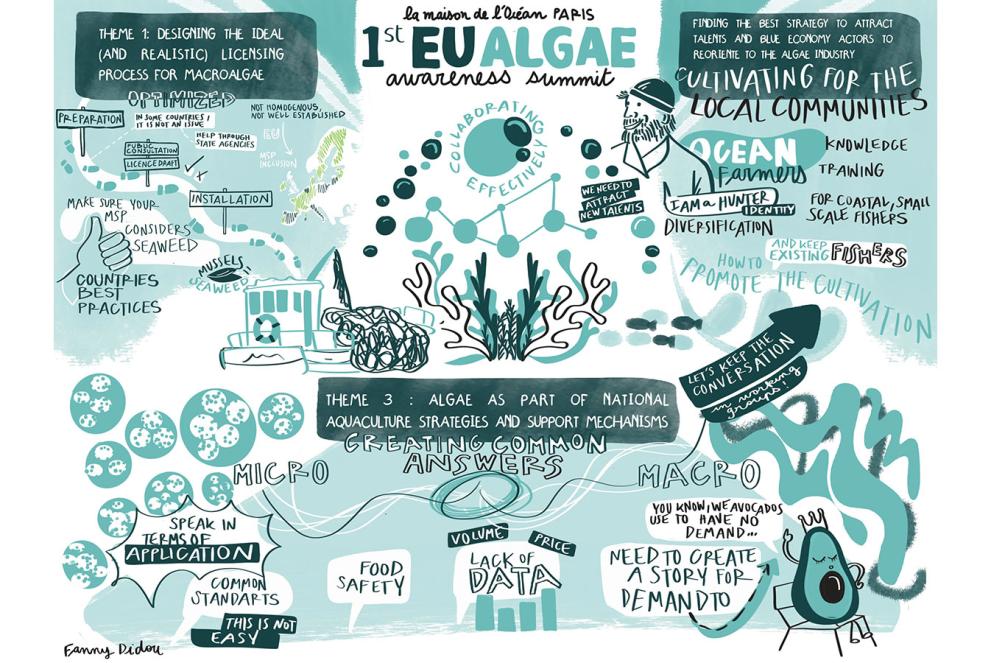
From 5 to 7 October, la Maison de l'Océan in Paris became a vibrant home to the global algae community. The first EU Algae Awareness Summit brought together algae specialists, businesses, advocates, chefs, people interested in the subject and even seaweed artists.
Is it a 'seaweed revolution'? According to Vincent Doumeizel, senior adviser at UN Global Compact and speaker at the event, it should be.
We don't know how to feed the world, and, at the same time, 70% of the planet is covered by the ocean, which provides less than 3% of our food, so algae have colossal growth potential." In fact, "the algae could not only feed the world but also address an incredible number of problems: pollution, loss of biodiversity, global warming and poverty too.
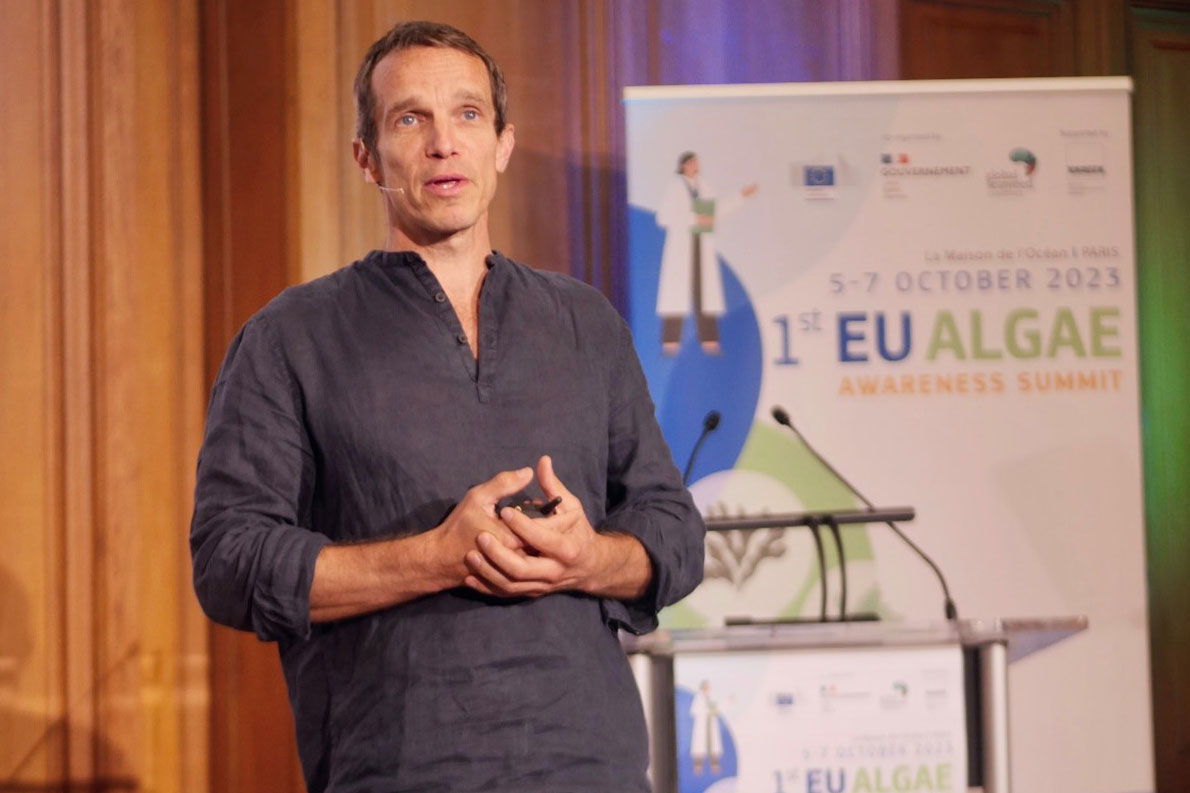
A promising sector
Despite its potential, the EU algae sector is today embryonic and primarily based on harvesting algae from the wild. The latest figures from 2019 show that European algae production accounts for 0.2 % of global production, while the remaining 97% comes from Asia. It's time for a change.
The EU algae strategy of the European Commission aims to support the algae sector to grow sustainably.
But what are we exactly talking about? Are algae really a game-changer in many sectors and applications?
A quick visit and some chatting with the exhibitors at the event made it very clear – algae are the green gold of the future.
Replacing plastic-based products
For example, Pierre Paslier, co-founder of Notpla, explained how their innovative seaweed-based packaging reduces the need for single-use plastic. The gelatinous part extracted from seaweed produces a compostable coating for food containers, films, and edible packaging for liquids.
Notpla coating has been officially recognised as plastic-free by the Dutch government under the strictest interpretation of the EU's Directive on Single Use Plastics. And that's not all – nothing is wasted at Notpla: the residual algae biomass resulting from the production process is transformed into seaweed paper. This paper is a perfect replacement for cardboard and paper packaging.
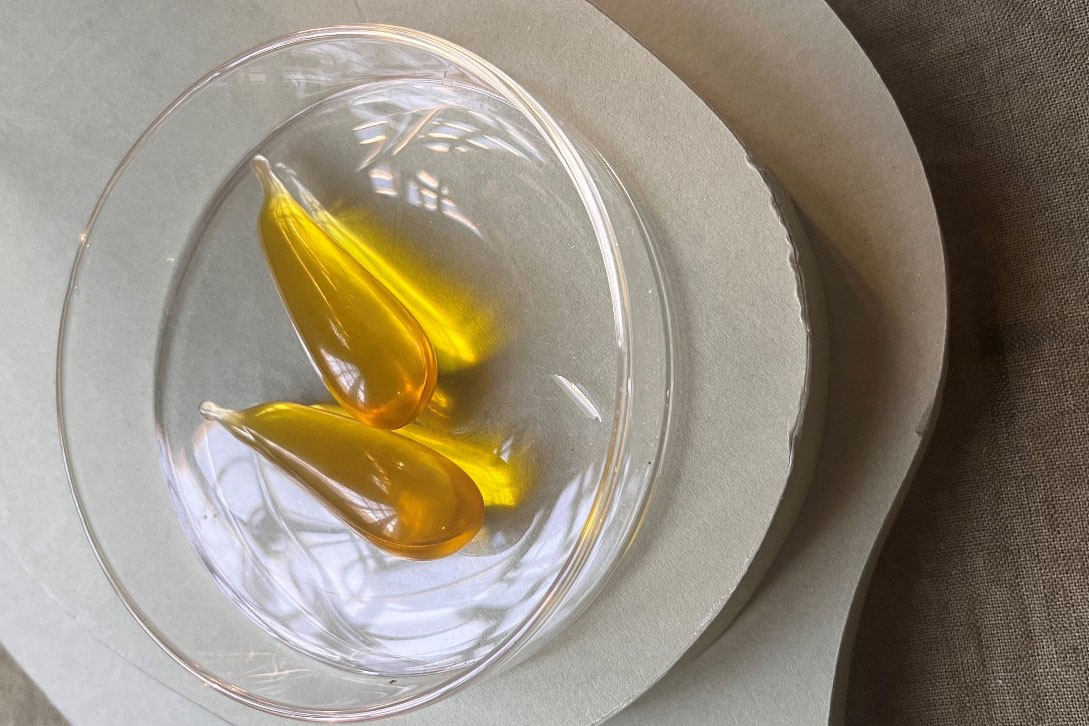
Cleaning the textile industry
Runa Ray, a fashion environmentalist, has shown how seaweed can provide eco-friendly alternatives to the most common and polluting textile dyeing processes. Her collection of seaweed-printed garments use carrageenans to print the fabric using floating inks. The leftover inks are used to print hand-made seaweed paper. A new era in fashion.
A tasty and healthy complement to our food
From sea to plate, "eating algae is excellent for us and our planet's health." said Julie Desnoulez, co-founder of Hep Ken and author of the cookbook "Algues". She took us on a tasty journey through the benefits of eating algae, adding a few tips on how to integrate it into our daily cooking.
My goal is to raise awareness of the benefits of algae, helping consumers to increase their daily algae consumption. We need to make algae accessible to the public.
After several tasting of algae-based plates, we can confirm that algae are not a strange ingredient; adding them to our daily meals can provide essential nutrients and enhance the taste.
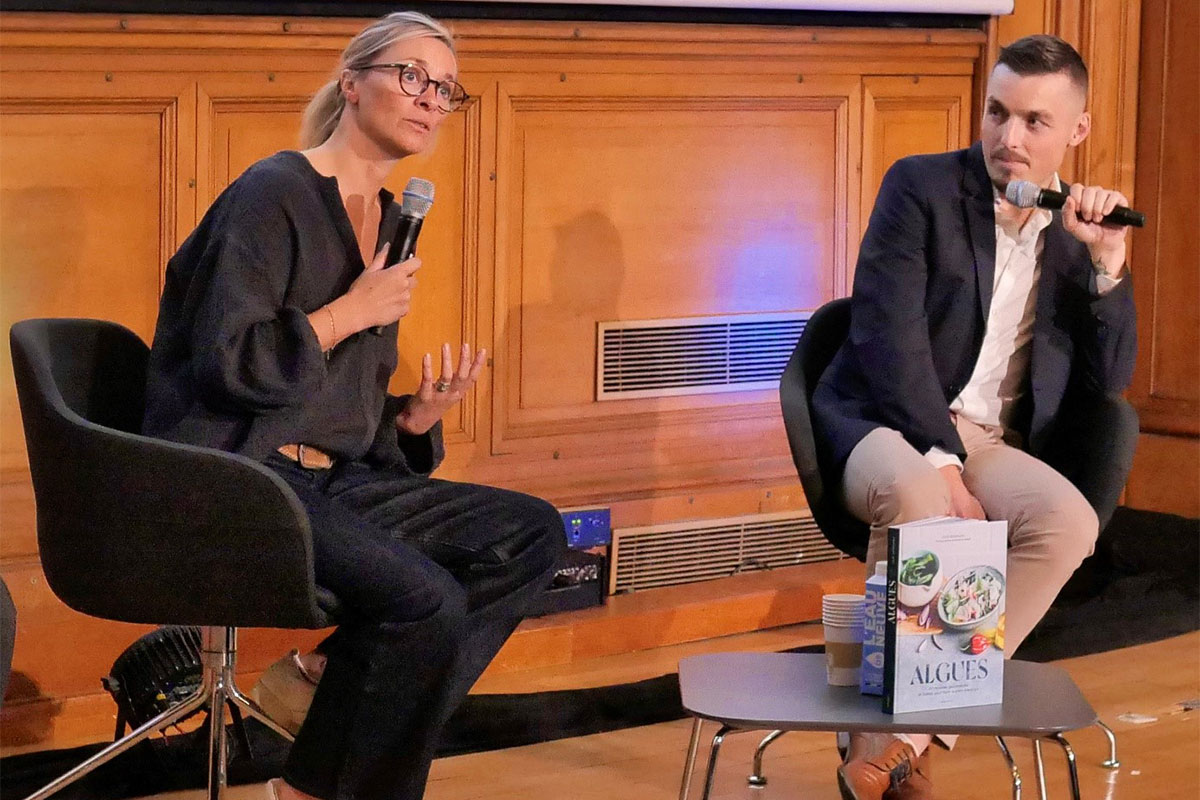
A form of art in connection with nature
Too often, algae are seen as slimy and unpleasant. On the contrary, their gentle dance in the water can become artwork. Marie-Jo Skrzyniarz is a photographer from Brittany. In her works, Marie-Jo portrays the beauty of algae in their element: the changing colours of algae in the salty water, their suffering when the low tide washes them at shore, and the life cycle of seaweed.
Her photos have been displayed at La Maison de l'Algue at Lanildut (France) - a location with strong ties with seaweed. This Brittany city hosts the most significant European seaweed port for landings, counting for 35,000 to 40,000 tonnes each year.
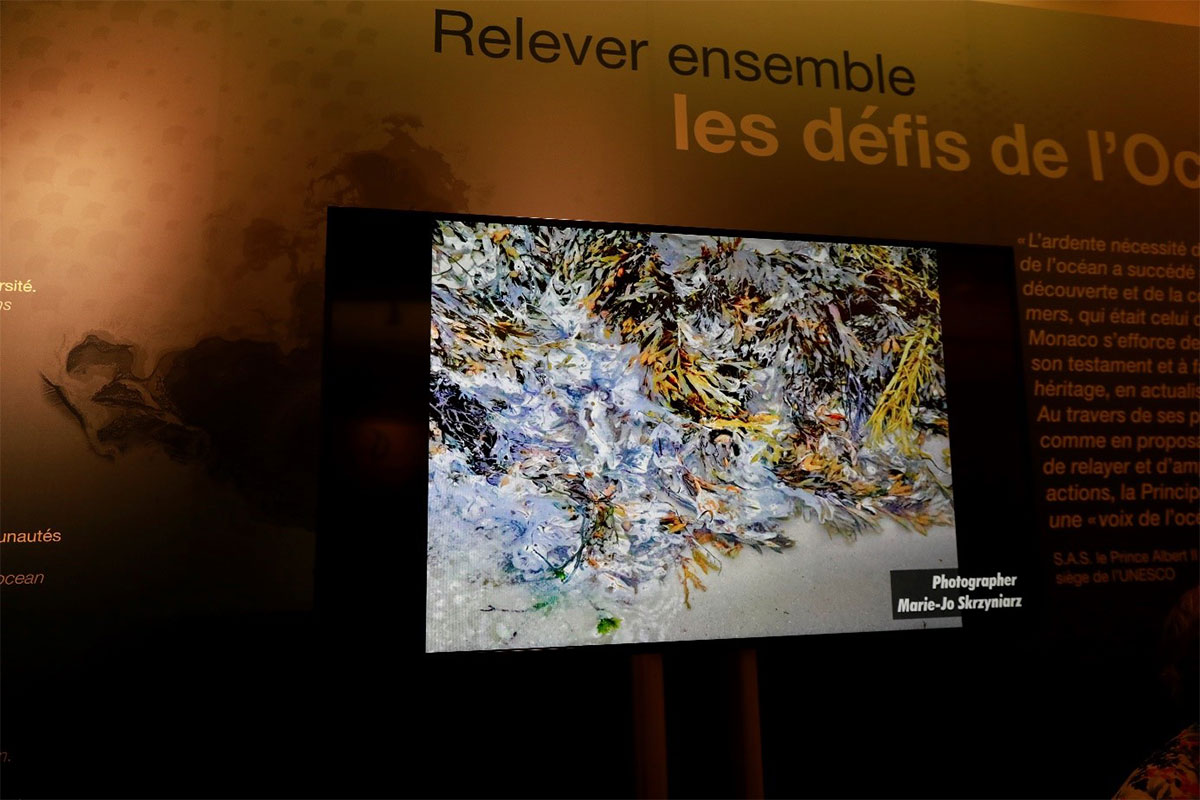
More stories from around the globe offered participants a unique opportunity to learn from Asia (the world leader in the algae sector ) and other parts of the world on their algae sector developments. We heard inspiring stories of developing commercial activities from scratch in coastal communities in Indonesia or Africa, empowering the local women communities.
Practical workshops organised by the scientists of the French National Centre for Scientific Research (CNRS) and the organisation "Merci les Algues" unveiled all the secrets of the world of algae (Did you know that Pyrocystis Lunula, bioluminescent microalga, looks like a little crescent moon under a microscope? Amazing!).
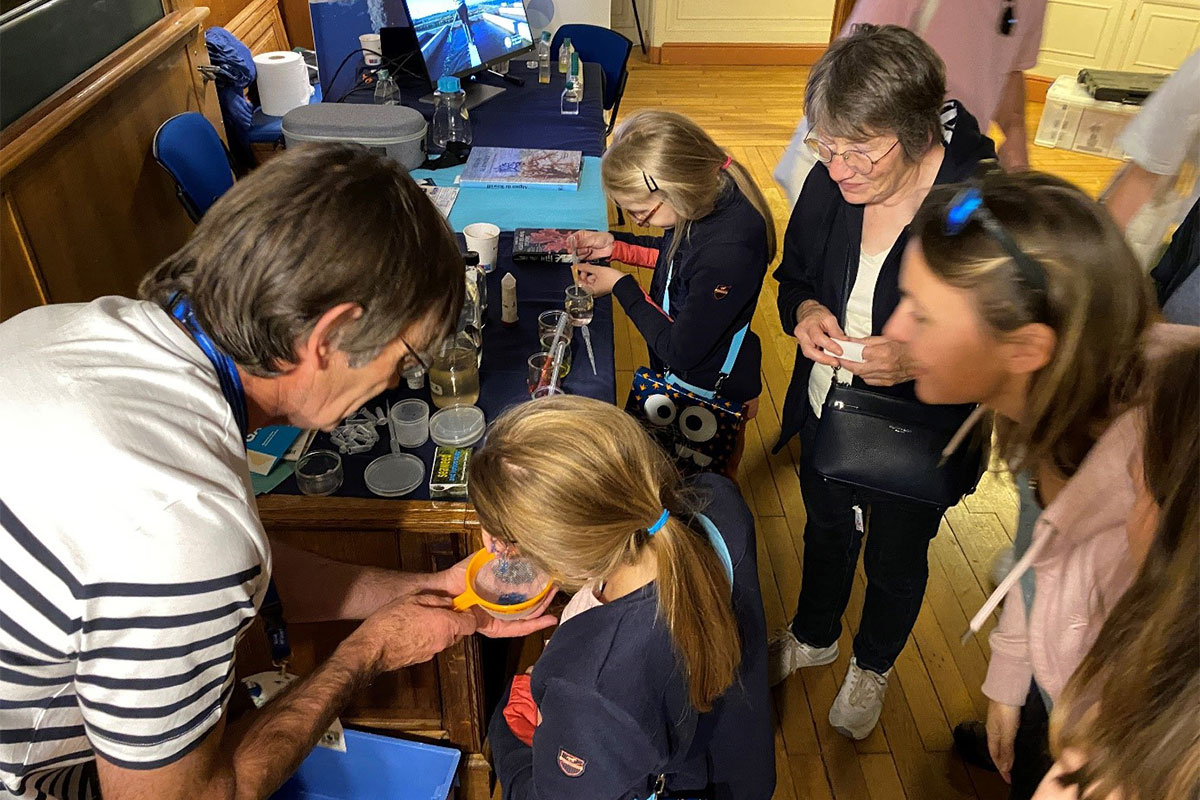
This event has been a great success. It has shown the potential of algae to the public - in our plates, cosmetics, food supplements, packaging, or clothes. Let the revolution begin!
Background
The first EU Algae Awareness Summit has been co-organised by the European Commission, the French Government and the Global Seaweed Coalition (UN Global Compact), with the support of the Oceanographic Institute, Prince Albert I of Monaco Foundation.
More information
Communication ‘Towards a strong and sustainable EU algae sector' and press release
Details
- Publication date
- 24 October 2023
- Author
- Directorate-General for Maritime Affairs and Fisheries
